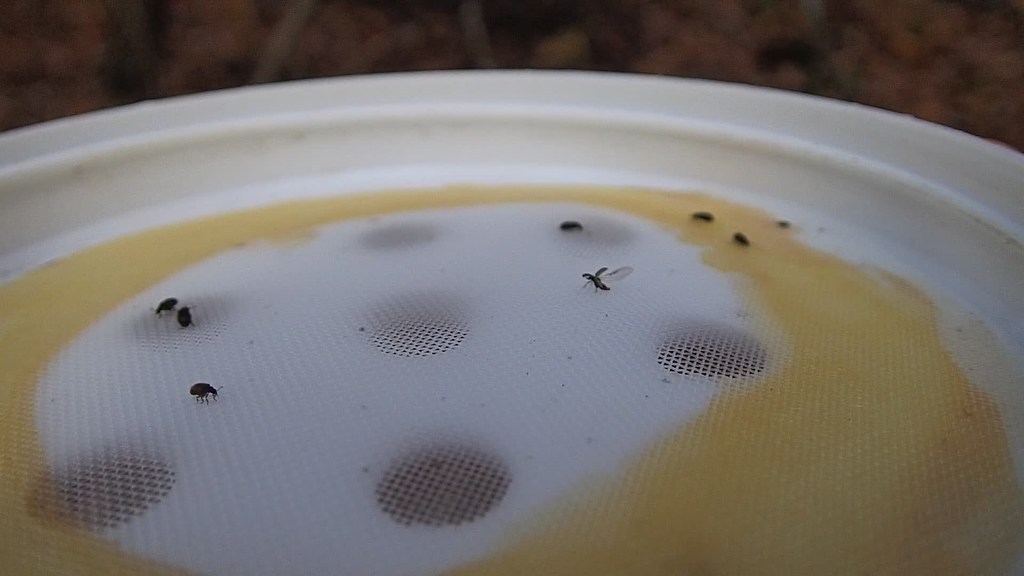The curling leaves of a Rhodendron maximum shrub in TN.
When you start seeing the leaves curl up on these big Rhododendron bushes you know they are conserving their resources and stressing out a little. We have research sites stretching from the piedmont of South Carolina to the mountains of North Georgia and Western North Carolina all the way over to the Cumberland Plateau of Tennessee. We have been visiting these sites all summer and fall watching drought take hold and the subsequent fires start. Here is a video from a site in TN.
I realize you may not be impressed by the quality of that video, but please notice 2 things. 1) The loud crunching of leaves as I walk. 2) The complete lack of water coming over that large cliff. This is what is usually going on at Upper Piney Falls.
Photo of Piney Falls borrowed from American Travel Journal Blog.
Thankfully, none of our research sites are in danger of burning...yet.
And here is the problem.
We are in a drought y'all! These dry forest conditions are perfect for ignition of wildfires and boy are we having our share of wildfires.
An aerial image of fires in the Southern Appalachians compliments of NASA's Aqua Satellite.
Remember that in our Southeastern forests there are beneficial, non-threatening fires. You can learn about those here. The wildfires we are experiencing now are not of that amiable variety. So in these treacherous conditions please take Smokey's advice:








